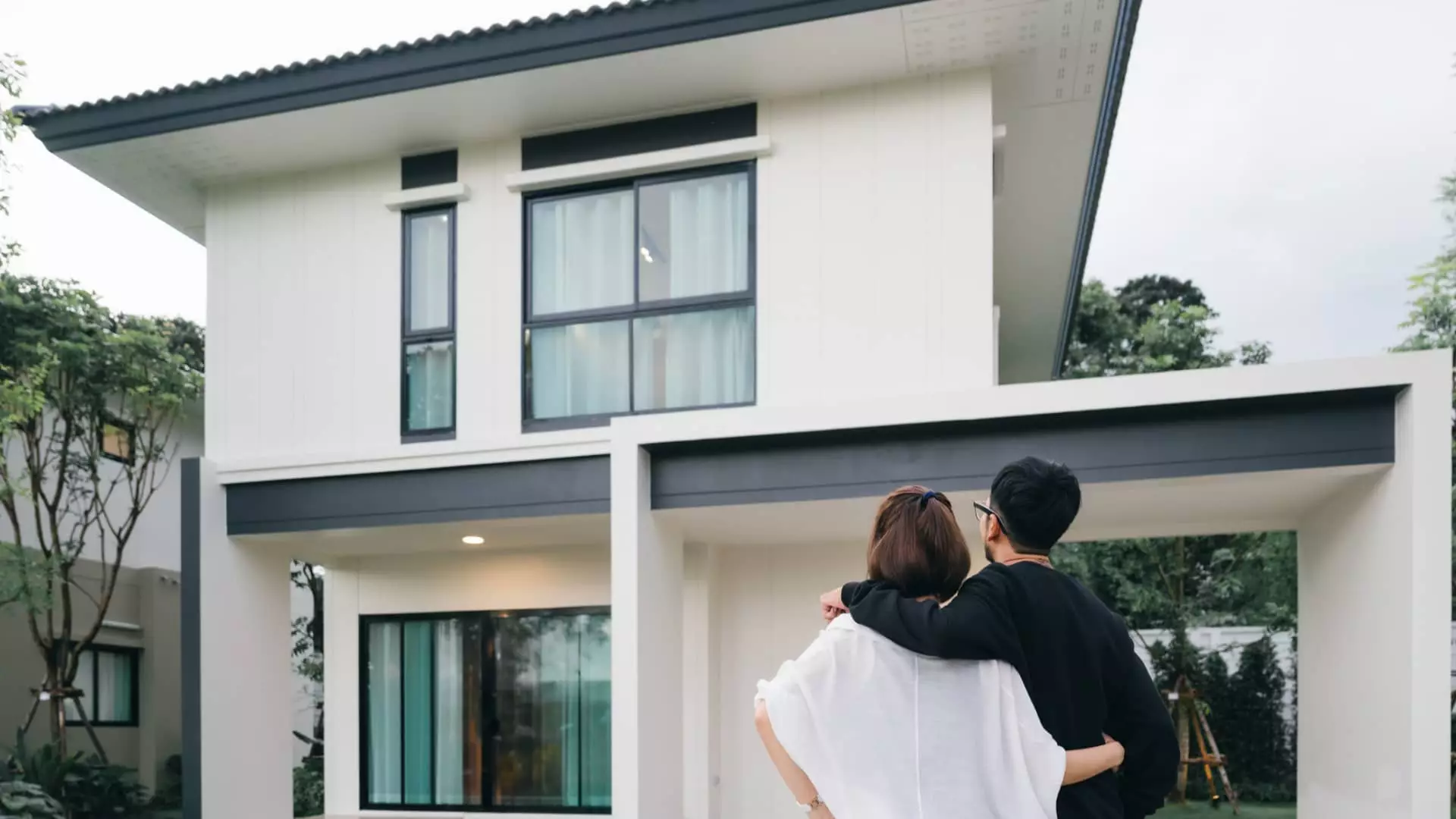The journey to homeownership is often depicted as a linear path, but in reality, it’s a complex maze shaped significantly by geographical factors and personal circumstances. Various reports underscore the substantial influence of location on the time required to accumulate a 20% down payment. According to a recent report by RealtyHop, the disparity across U.S. cities is striking, with the time to save for this down payment varying drastically from over a decade in expensive urban centers to just a few years in more affordable locales.
Consider the exaggerated end of the spectrum: in cities like New York, aspiring homeowners might find themselves looking at a daunting timeline — approximately 10.85 years to save about $173,000, the benchmark for a 20% down payment on the median-priced home. Such figures highlight the financial barriers created by rising property values in urban environments where demand far outpaces supply. In contrast, a city like Detroit presents a radically different scenario. There, the median household income is around $39,575, which translates to a mere 2.53 years needed to accumulate $20,000 — the amount required for a home priced at $100,000. This stark contrast vividly illustrates how local economies and housing markets shape homeownership experiences.
Impact of Family Dynamics on Savings
Moreover, factors such as familial obligations also play a crucial role in determining how quickly potential buyers can save for a down payment. Data shared by Zoocasa indicates significant discrepancies in savings timelines based on whether individuals have children. Households with children, due to additional expenses such as childcare, may require nearly five times longer to save for a down payment compared to their childless counterparts. In Detroit, for instance, families might face a grueling 20.3 years to save up, illustrating how personal circumstances intertwine with economic realities.
Analyzing the broader implications, we are reminded that increasing real estate prices are a universal challenge across the country. As the median home price in Los Angeles has soared to approximately $1.13 million, aspiring homeowners must contend with lengthy saving periods and exorbitant monthly savings requirements. In fact, potential buyers in LA would need to set aside about $1,339 monthly for an extensive period of 14.1 years to achieve a 20% down payment. Such financial expectations can deter many from even considering homeownership, leading to a generation of renters.
Interestingly, a 20% down payment is not the only path to homeownership. Recent statistics illustrate that the average down payment nationwide has hovered around 14.5%, with many programs available for those seeking alternatives. Government-backed options, such as VA loans and USDA loans, allow for down payments of as little as 0%, making homeownership more accessible, especially for first-time buyers and those in rural areas. FHA loans further enhance accessibility by requiring down payments as low as 3.5%. While smaller down payments can accelerate the timeline to homeownership, pros and cons must be evaluated. Specifically, higher monthly payments and the potential necessity for private mortgage insurance (PMI) could challenge affordability in the long term.
To navigate the complexities of homeownership better, individuals must embrace strategic financial planning. Setting clear household budgets to assess income versus expenditures is vital, as is identifying areas where savings can be realized. Potential homeowners should research housing prices in their desired locations and explore projections for property values and expenses, including closing costs, which can add thousands of dollars to the initial outlay. This proactive approach will equip buyers to set realistic goals for their financial journey, allowing them to adapt their timelines according to their economic circumstances.
Ultimately, the path to homeownership is highly personal, laden with unique challenges influenced by economic conditions, family dynamics, and individual financial situations. While the statistics paint a compelling picture of the barriers to homeownership, the potential for success often lies in diligent planning and informed decision-making. As experts advise, whether one moves cautiously or swiftly, setting a sustainable pace tailored to one’s financial landscape is crucial in overcoming the hurdles on the road to homeownership. With the right preparation, aspiring buyers can transform homeownership from a distant dream into an attainable reality.

